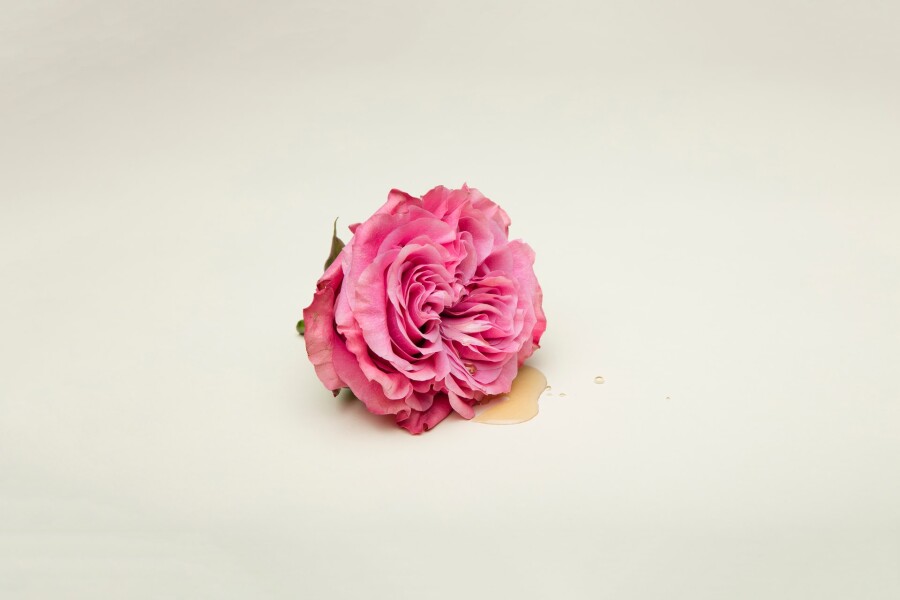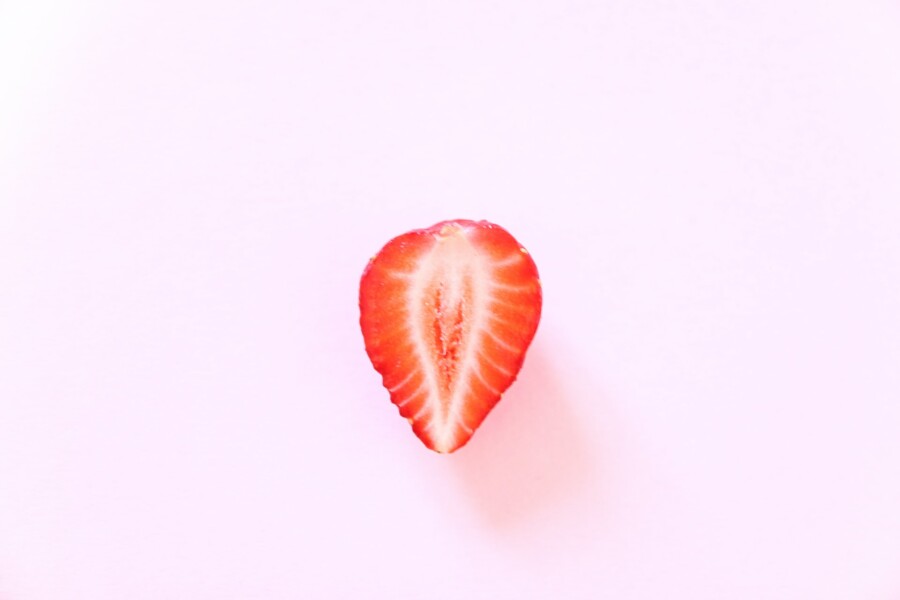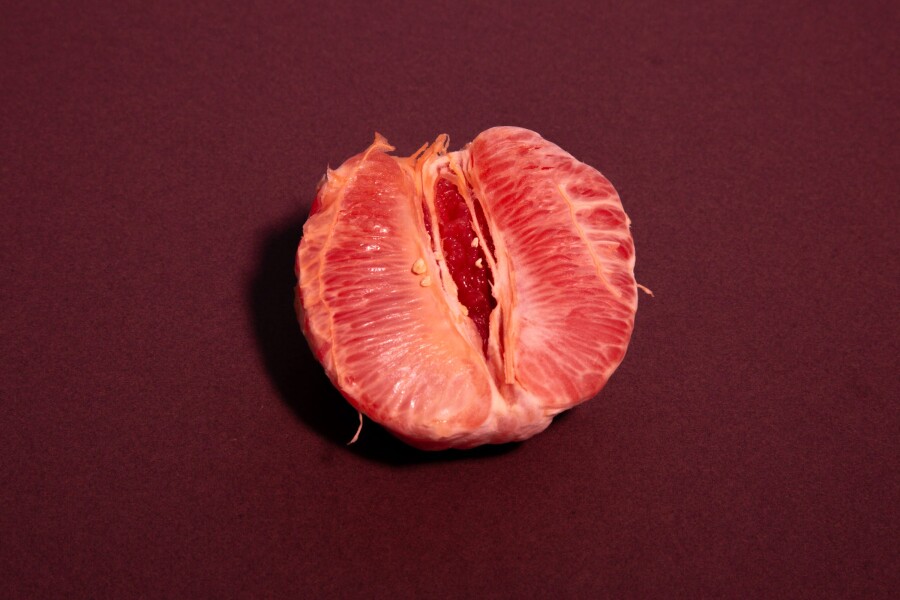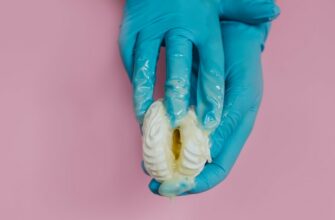
Why do you need to know the structure of the vagina at all?
If you are a girl, this knowledge will be useful to you, because you will understand what your body consists of this area, how it works, what the different parts of your reproductive system are called. This is especially necessary in order to determine what exactly hurts you, and to be able to normally convey this to the doctor.
Doctors are very infuriated when a patient comes and begins “well … there …”, “my femininity”, or, God forbid, “pussy”. Plus, it’s much easier to give yourself pleasure if you understand how everything works there, where you actually poke your fingers, and how it works. Achieving an orgasm, for example, is an extremely logical thing from the point of view of physiology and lies in the fact that you achieve blood flow to the genitals.
If you are a male friend, you are not at all interested in where you put your penis, no? And in general, there is nothing sexier than a man who understands how everything works there, and who doesn’t make stupid mistakes like “in order not to get pregnant, you need to pee after sex, and everything will be fine” (no, it doesn’t work that way).
Plus, you can caress your girlfriend much better, be a better lover, if you understand how everything works there, you can help a regular partner if something hurts her. Believe me, girls really appreciate such men – knowledgeable, caring, attentive and not insecure.
And in general, it is useful for general development. So vagina!

Basic Knowledge
First, a little about terminology. The fact is that often people say “vagina”, “vagina”, “vulva”, meaning the same thing, or they confuse these definitions. To be clear, the vagina is an inner space. The penis enters the vagina. This word literally means “that which is put into” (enter, enter, intrude, in short). The vagina is also called the vagina, these are synonyms. But the vulva is the external genitalia of a woman. It includes:
- Labia – fleshy folds that hide the entrance to the vagina;
- Clit;
- Urethra and urethral opening. It is located just below the clitoris, these are two different systems that are very close, but do not touch in any way. But in men, urination and ejaculation occur through the same hole – in the head of the penis.
- Actually, the vagina or vagina. It is a muscular catale lined with nerves and mucous membranes. It connects the uterus and cervix to the outside of the body.
It is through this channel that girls menstruate, the penis, fingers and sex toys (and sometimes cucumbers and bottles of air freshener, God forgive me) are introduced into this channel, and the baby leaves the mother's body through this channel. Multifunctional contraption, in short. It is about the vagina that this article will be discussed in more detail.

What is it made of?
- Vaginal opening.
Entrance to the vagina. It is also called the vestibule of the vagina (thank you for not a dressing room) or introitus (you probably heard the word “coitus” – these words are related). The entrance is located between the urethra and anus. That is, from top to bottom: clitoris, urethra, vaginal opening, perineum (skin gap between the vagina and buttocks) and anus.
- Vaginal wall.
She consists of muscles covered with a mucous membrane. To the touch, this tissue resembles the tongue and the palate in the mouth, which is why oral sex is so popular: the mouth feels like a vagina for a penis.
The walls of the vagina are covered with layers of tissue with many elastic fibers. Also on the surface of the walls there are folds of special tissue that allow the vagina to expand during sex or childbirth. By the way, when a girl is excited, the vagina expands reflexively.
During the menstrual cycle, some changes occur in the tissues of the vaginal walls. The fact is that the cells of the outer layer of tissue store a substance called glycogen. During ovulation, this layer is shed and glycogen is broken down to protect the vagina from harmful bacteria and fungi. It's such a protective substance.

- The hymen.
Most people think that the hymen is something like a film under the cap of a milk bottle, and during the first sexual intercourse… chponk!
This is not true. In fact, the hymen surrounds the vagina rather than completely covering it. Therefore, scientists now use the term “vaginal crown” more often.
It can be very different in shape, cover the entrance to the vagina to a greater or lesser extent, but most often these are variations on the theme of the crescent. Nature has made the shape just such that menstrual blood can freely leave the vagina. In fact, this is even logical: if the hymen were like a film on a bottle, then how would virgin girls menstruate?
However, sometimes the vaginal crown does interfere with the menstrual cycle or the use of tampons and menstrual cups. Firstly, the vaginal crown can sometimes completely cover the vaginal opening, or it may not be in the shape of a crescent, but, as it were, consist of two holes with a partition between them, which makes it impossible or painful to insert something into the vagina. If this causes discomfort to a girl, then this is treated with a small operation.
“Where does the blood come from during the first sexual contact?” you ask. Yes, sometimes there really is blood, but this suggests that something is going wrong.

For example, a girl is too tense and cannot relax and become aroused, because in an aroused state, the vagina expands and lubricates, and this prevents micro-tears from which blood flows. Or the guy is moving too roughly. This can happen during not the first sexual intercourse, the order here is absolutely unimportant.
Vaginal diseases
There are quite a few of them. Here are the main ones:
- Vaginitis. This is inflammation of the vagina as a result of an infection. The main symptoms are itching, irritation, burning. Depending on the causes, there are several types of vaginitis, for example:
- Bacterial vaginosis. This is a bacterial infection that occurs, ironically, as a result of an overgrowth of healthy vaginal bacteria. Yes, irony, you heartless bastard.
This happens as a result of disturbances in the microflora of the vagina, usually due to douching (a procedure used to treat certain diseases of the vagina, for example, thrush).
Bacterial vaginosis is not sexually transmitted, but penetrative sex increases the risk of it because the vagina is forced to interact with bacteria on another person's genitals or condom material. The main symptom of bacterial vaginosis is white or gray discharge, but this is not always the case.

- Fungal infections. Very common, include itching, inflammation, and thick, white, cottage cheese-like discharge. Usually treatable with over-the-counter drugs.
- Trichomoniasis. This is an STI caused by a parasitic bacterium. Symptoms: green or yellow discharge with a fishy smell, burning, redness. It is treated with antibiotics, and both partners must be treated, since this disease is sexually transmitted.
- Vaginismus. This is when the muscles of the vagina contract involuntarily, making any touch painful or impossible. Often this is due to psychological reasons, such as fear of sex or sexual trauma in the future. Often here girls fall into a vicious circle: fear of sex – painful sex due to vaginismus – increasing fear of sex – increasing vaginismus.
- Also, diseases of the vagina can be caused by sexually transmitted infections. Some of them are very serious and can even cause ulcers and warts, some are generally asymptomatic and are found during the study. For example, sexual infections include chlamydia, genital herpes, gonorrhea, and condyloma.
- Vaginal atrophy. This often happens during menopause. Atrophy sounds scary, but in general it simply means that the production of estrogens in a woman’s body decreases, and because of this, the elasticity of the vagina and the amount of secretions, lubrication, which has a bad effect on the microflora of the vagina, decreases.


- Pain during sex.
Any disease is easier to treat in the early stages, so do not delay visiting a doctor, health is important.
How to prevent diseases?
- Avoid douching. Even if you are being treated for some kind of illness, ask the doctor to prescribe something else. Douching violates the delicate system of vaginal microflora.
- Do not use perfumed vaginal hygiene products (soap, wipes). This irritates the skin and disrupts the microflora of the vagina.
- Use barrier protection and get tested for STIs.
- Do Kegel exercises to strengthen the internal muscles of the vagina.
- Make a habit of HPV and hepatitis B (they are sexually transmitted).
- Get your check-ups.
Remember that your whole body deserves to be taken care of, and so does your vagina. Good luck!
Female reproductive organs: external and internal genital organs of a woman








